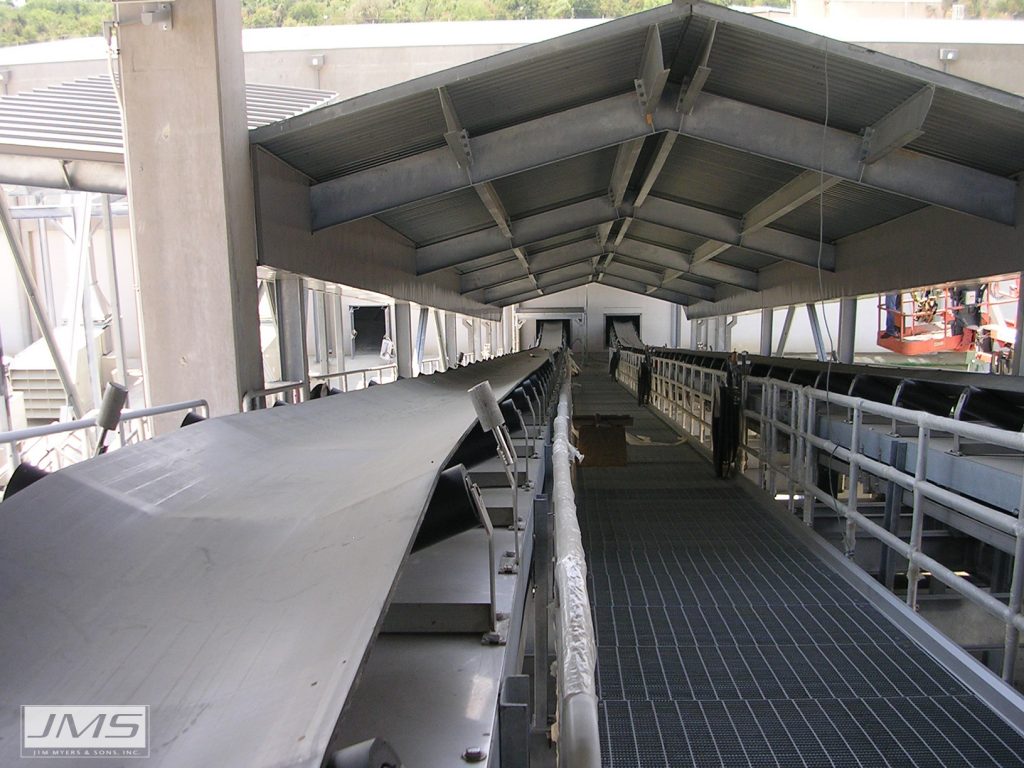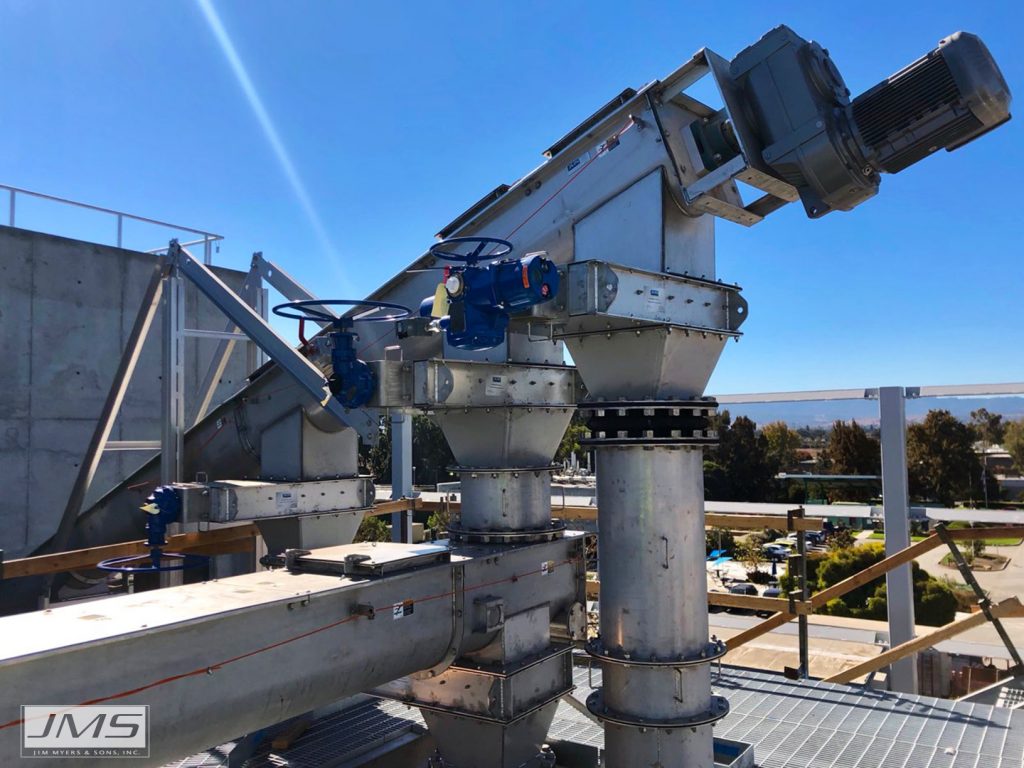All material handling systems in a wastewater treatment plant need two things; conveyors and storage. These are two pieces of equipment that need to be designed correctly in order to operate optimally. Common questions for a material handling system are: what type of conveyor should I use, do I use a belt conveyor or screw conveyor, how to design my silo, how to design my hopper, etc. There are some key design considerations for conveyors and storage for all material handling systems.
Considerations in Selecting the Right Conveyor Option
There are two main topics needed to know when picking the best conveyor option as well as designing the right conveyor for a Wastewater application; product related and design related considerations.
Product Related:
- Product
- Product Properties
- Volumetric Flow
- Product Density
- Wet/Dry
Design Related:
- Upstream Process
- Feed Type
- Downstream Process
- Site Layout
- Distance to be Conveyed
- Elevation Gain
- Owner Preferences on Conv. Type
- Materials
- Environment
- System Goals
Design Considerations for Conveyors and Storage: Belt Conveyor
Belt conveyors are one of the most popular styles of conveyor used in wastewater treatment plants. Belt conveyor designs allow it to be best used in dewatered sludge, wet/raw screenings, macerated screenings, or dewatered grit applications. Belt conveyors are available in both troughed belts and side wall belts.
Design Considerations for Conveyors and Storage: Screw Conveyor
Screw conveyors are another popular selection for conveyor options used in wastewater treatment plants. Screw conveyor designs allow it to be used in dewatered sludge, dry sludge/lime, macerated screenings, submerged grit, or dewatered grit applications. Screw conveyors can be offered in shafted or shaftless options.


Considerations in Selecting the Right Storage Option
There are two main topics needed to know when picking the best storage option as well as designing the right storage solution for a Wastewater application; product related and design related considerations.
Product Related:
- Product
- Product Properties
- Product Density
- Wet/Dry
Design Related:
- Upstream Process
- Feed methods, points
- Downstream Process
- Volumetric flow In/Out
- Volumetric Capacity
- Clearance Under Storage
- Height Restrictions
- Materials
- Site Layout
- Environment
- System Goals
Design Considerations for Conveyors and Storage: Hopper
Hoppers are square or rectangular storage vessels for wet sludge applications. Hoppers can be either shop welded up to a shippable size or they can be field welded for larger volumes. JMS has supplied volumes of up to 500 cubic yards usable; higher volumes are possible. Internal tension bars and external reinforcements are required especially on these large larger hoppers making them structurally sound and able to meet appropriately dictated seismic and wind loads. Hoppers can also be outfitted with live bottoms for distribution to either pumps or a truck load-out.
Watch the rest of this presentation to learn more
- Design details for belt and screw conveyors
- Design details for silos and hoppers
- And more
Greg Hyde joined the JMS Sales and Marketing Team as Product Manager | Material Handling. Greg has over 30 years of experience in material handling systems, having held high level engineering, sales and business management positions with large full line conveyor manufacturers. He is responsible for overall support and growth of the JMS Bio-HANDLING product line. Outside of work, Greg is a founding member of the “Jammin’ 4 Water” (Water Charities Fundraising Inc.). In regards to his position, Greg says, “ JMS has a rich history in design, quality and material handling. I’m excited to be part of this great team and look forward to guiding the Bio-HANDLING product family for long-term growth.”
